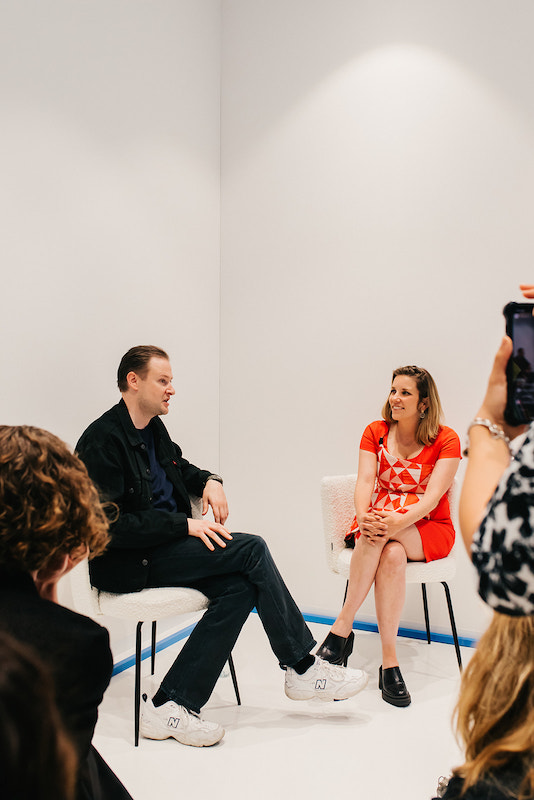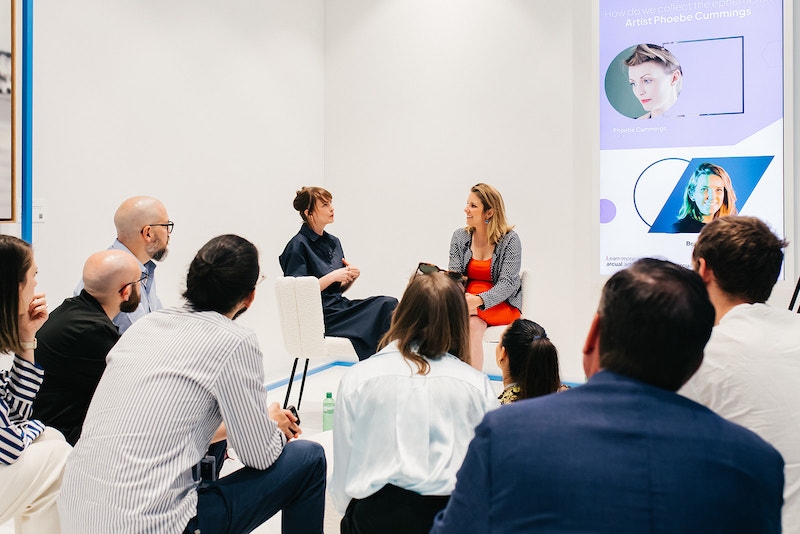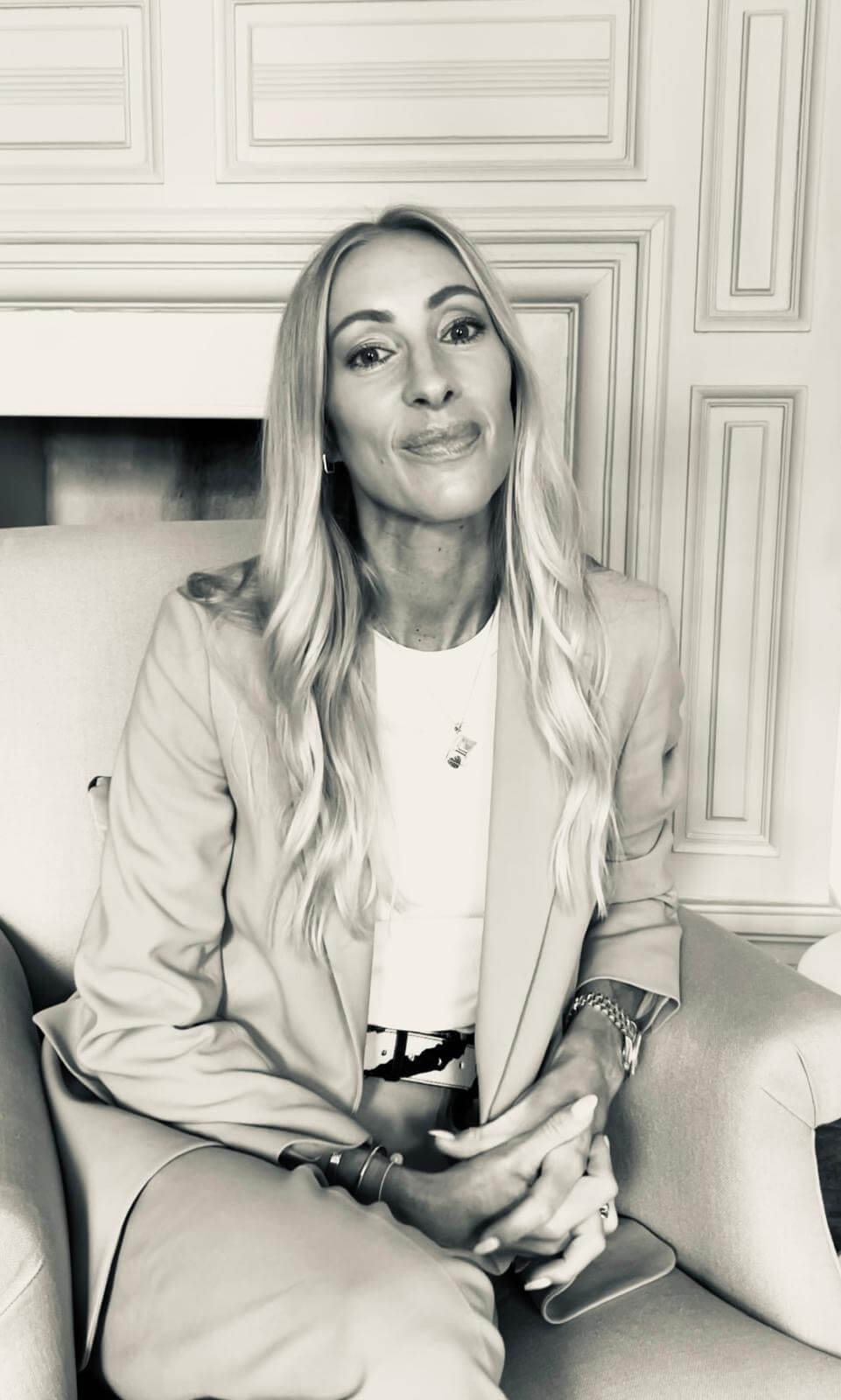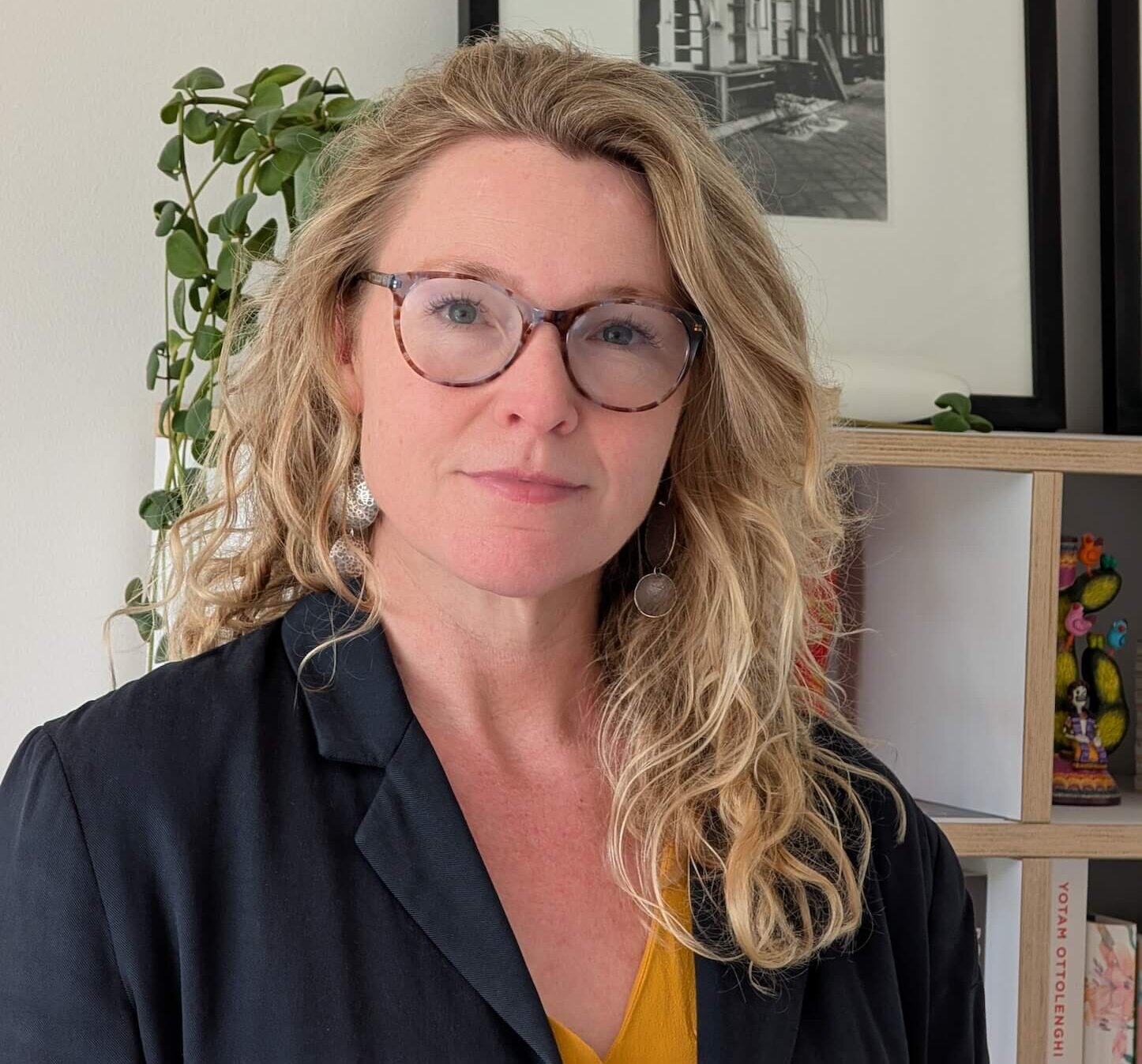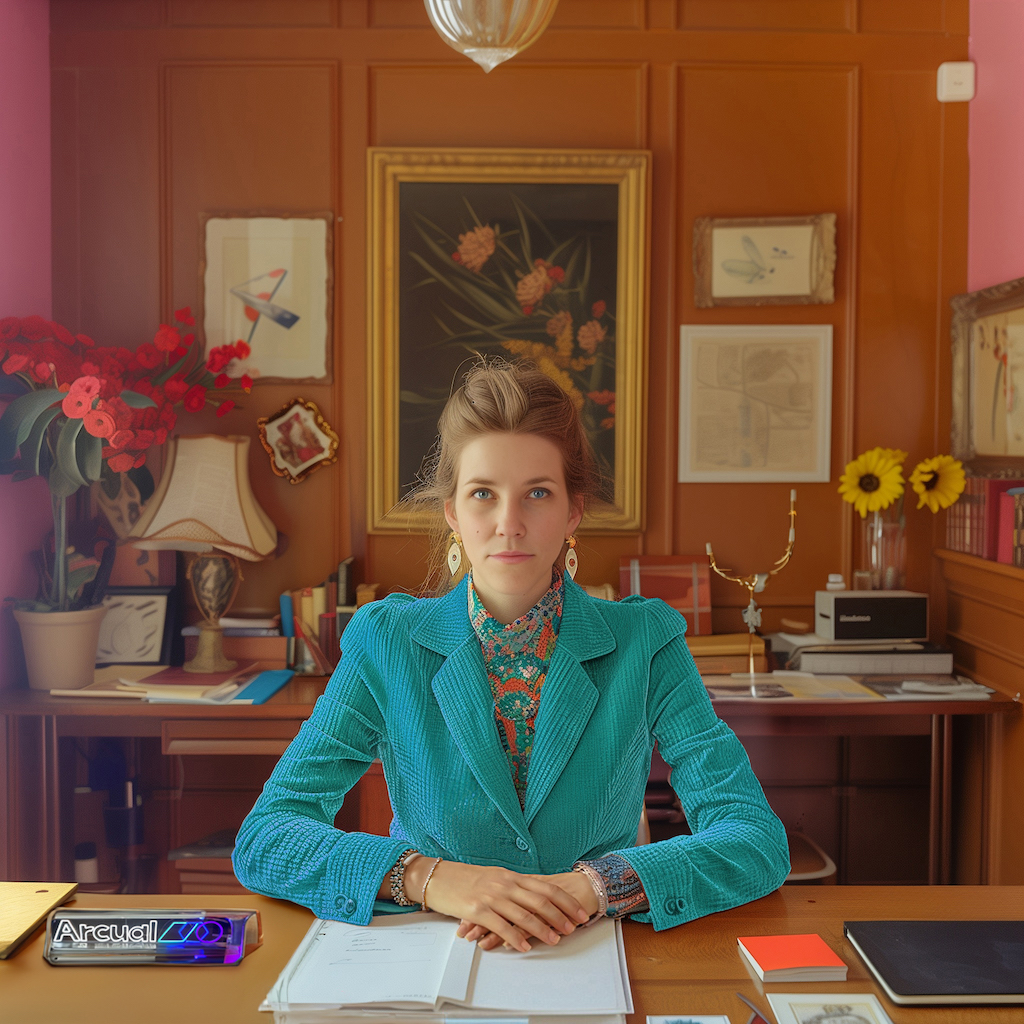

Interview Arcual CEO Bernadine Bröcker Wieder
Since pivoting into entrepreneurship, she has consistently been ahead of the curve: way back in 2012, she founded Vastari, a cloud-based platform to connect museums, producers and collectors for international collaborations, and then Vastari Labs, a museum NFT consultancy.
Bröcker Wieder expertise has made her one of the most sought-after voices in art and tech today, and The Wick was lucky enough to catch up with her between a busy schedule, to find out more about Arcual’s current work, how attitudes to tech have changed in the art world in the last decade, and what the Latin American loves about her adopted homecity, London.
THE WICK: Arcual’s mission is to build a strong digital infrastructure for the art world: how are you doing this?
Bernadine Bröcker Wieder: For Art Basel Miami Beach, 2023, Arcual powered the technology behind Access by Art Basel, a digital sales platform integrating art and philanthropy, which raised over $100,000 in charitable donations to The Miami Foundation and The International Committee of the Red Cross (ICRC). Our newest partnership is powering the technology behind Future Fair’s Digital Companion – a bespoke online sales platform launching this month – ahead of the fair’s fourth edition in New York. The platform connects collectors with over 60 local, national, and international exhibitors. It’s part of a multi-year agreement between our two organisations. I am extremely excited to create more impact-driven activations together over the years to come.
TW: How do you see contemporary artists leverage emerging technologies to challenge traditional notions of authorship, ownership, and authenticity in the creation and distribution of art?
BBW: There’s some great research being done by The University of Edinburgh and University of Surrey on a new format of thinking called “ORA”, tokenizing Ownership, Rights and Attributions more clearly. The reality is that every artwork or bit of digital content includes several layers of attribution, ownership and rights. This needs to engage technology alongside the law. We held a discussion at Art Basel 2023 with Simon Oldfield, an arts lawyer and consultant who is looking at these issues. In order for artists to protect themselves and their artistic process, the best solution is to define that process clearly and document everything.
TW: What’s your favourite piece of art in your collection?
BBW: Lucy Sparrow’s Jelly Babies and Squashies, (2023). This was a commission inspired by my two daughters. I needed sustenance to power me during labour, and each of the titles refer to the confections that helped me with natural childbirth! And Alma Peguero, Cloud, (2006). Alma’s work has always been so powerful to me. Peguero works with nature and has this amazing, calming energy.
TW:
How did technology reshape the art world during your time at Vastari, and what future macro technology trends beyond the art world do you hope to see in the next 5-10 years?
BBW:
Wow, when I started Vastari – my previous venture – the entire art world was terrified of The Cloud, even for online banking and personal matters! Since then, adoption has improved so greatly because people have learned to trust the technology, and the major players are also using cloud technology in their offerings. I expect this to happen with distributed ledger technology (DLT) over the next 5-10 years, as we continue to use AI to optimise our working hours and enjoy or express ourselves using the 3D internet in AR and VR. It will evolve from a buzzword to something that you just use without even realising it. It’s natural for everyone’s first reaction to be apprehension or anxiety. But I honestly believe that there’s so much more to be excited than scared about.
“When you connect with people who think differently, it helps you grow, change and evolve.”
